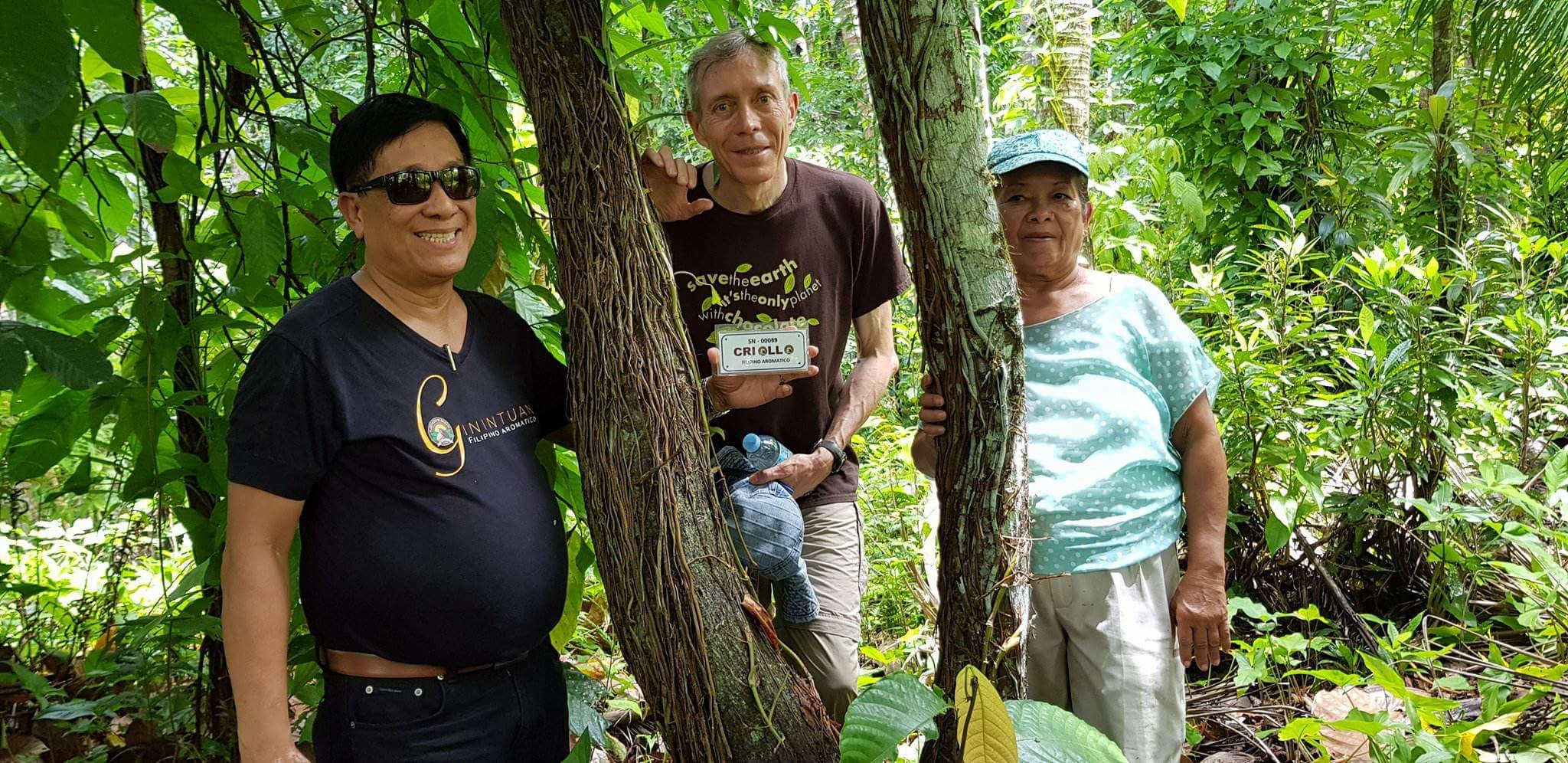 When a Cacao Producer’s CEO meets the Cacao Authority’s CEO, #CacaoTalks do not stop at R.O.I.s — it goes beyond.
When a Cacao Producer’s CEO meets the Cacao Authority’s CEO, #CacaoTalks do not stop at R.O.I.s — it goes beyond.
Destination: Philippines
After setting the date for the arrival, Don Alec went on his way. He is our guest from the Dominican Republic in the Carribeans. Since the place was several miles from the Philippines, I had to Google to locate it.
According to them, “The Dominican Republic is a Caribbean nation that shares the island of Hispaniola with Haiti to the west. It’s known for its beaches, resorts and golfing. Its terrain comprises rainforest, savannah and highlands, including Pico Duarte, the Caribbean’s tallest mountain. Capital city Santo Domingo has Spanish landmarks like the Gothic Catedral Primada de America dating back 5 centuries in its Zona Colonial district.”
First time meetings prompt you to research a bit in order to have a conversation piece. Once I found out that the Dominican Republic is with Spanish heritage, then we are not that far away.
Our forever gourmand Ms. Cacao has endless takes when food is concerned. In Instagram, she is known as recipechick.
Ms. Cacao never missed a beat when she makes a review or even captures a home cooked meal moment. Upon learning that I was to meet with Don, she said that the Dominican Republics share the same love for food — their empanada or pastelitos. In the Philippines, there are numerous versions of the smaller-sized Empanadas; we call it Empanaditas. It comes with different fillings such as mango, durian, beef, torta or pork with potatoes, corned beef or Reuben, chorizo, and even chocolate.
In the Philippines, there are numerous versions of the smaller-sized Empanadas; we call it Empanaditas. It comes with different fillings such as mango, durian, beef, torta or pork with potatoes, corned beef or Reuben, chorizo, and even chocolate.
Being able to taste similar foods that a foreign guest have in their country could be one of the conversations to break the ice.
Knowing how similar their food is to ours, I told Chris Fadriga, PDS President that we have to bring Don to places where the Philippine cuisine is known for.
First Stop: BOHOL
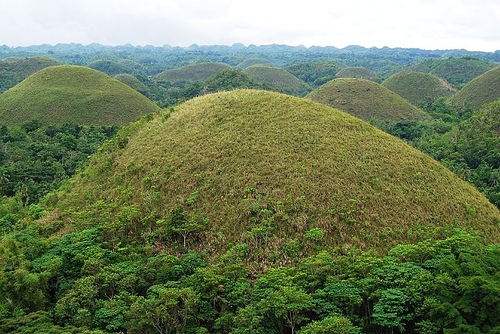
Don’s flight from the Ninoy Aquino International Airport came as a breeze. We immediately waited until our guest arrived in Cebu for us to reach the town of Sagbayan.
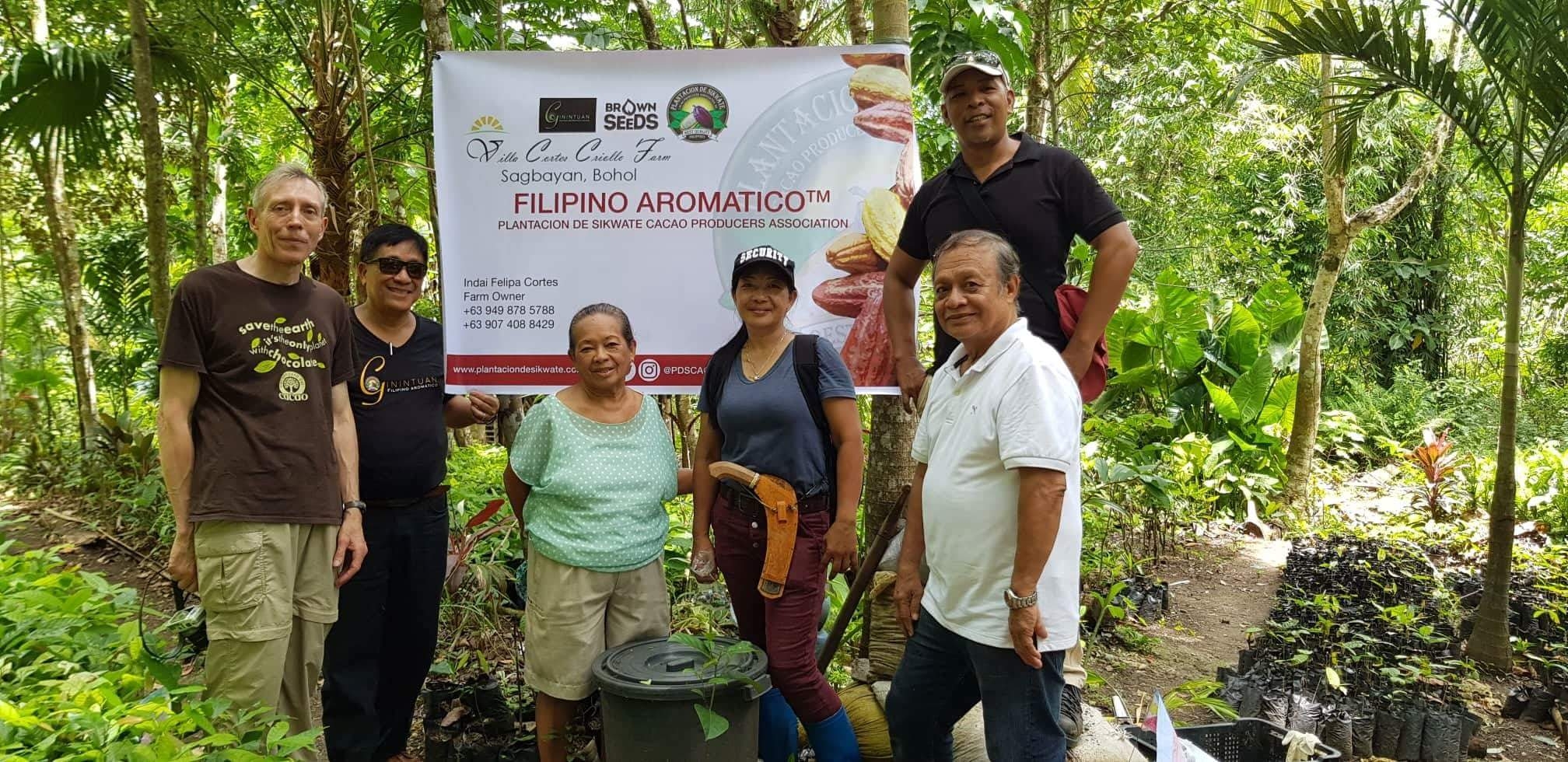
It was PDS Bohol Chapter Vice President Cecilia de Leon who did the honors of saying WELCOME TO BOHOL!
We visited the Heirloom Cacao Farm of Indai Felipa Cortes who happened to be one of the newest CERTIFIED MEMBERS of Plantacion de Sikwate. Indai was the one who also introduced Don to us when he came across our OFW Repatriate from Kuwait article on May 21, 2018.
Filipino Aromatico SN-00088 & 89
Hidden in Bohol are two of the several Criollo trees we have tagged in our Search for the Criollo cacao variety.
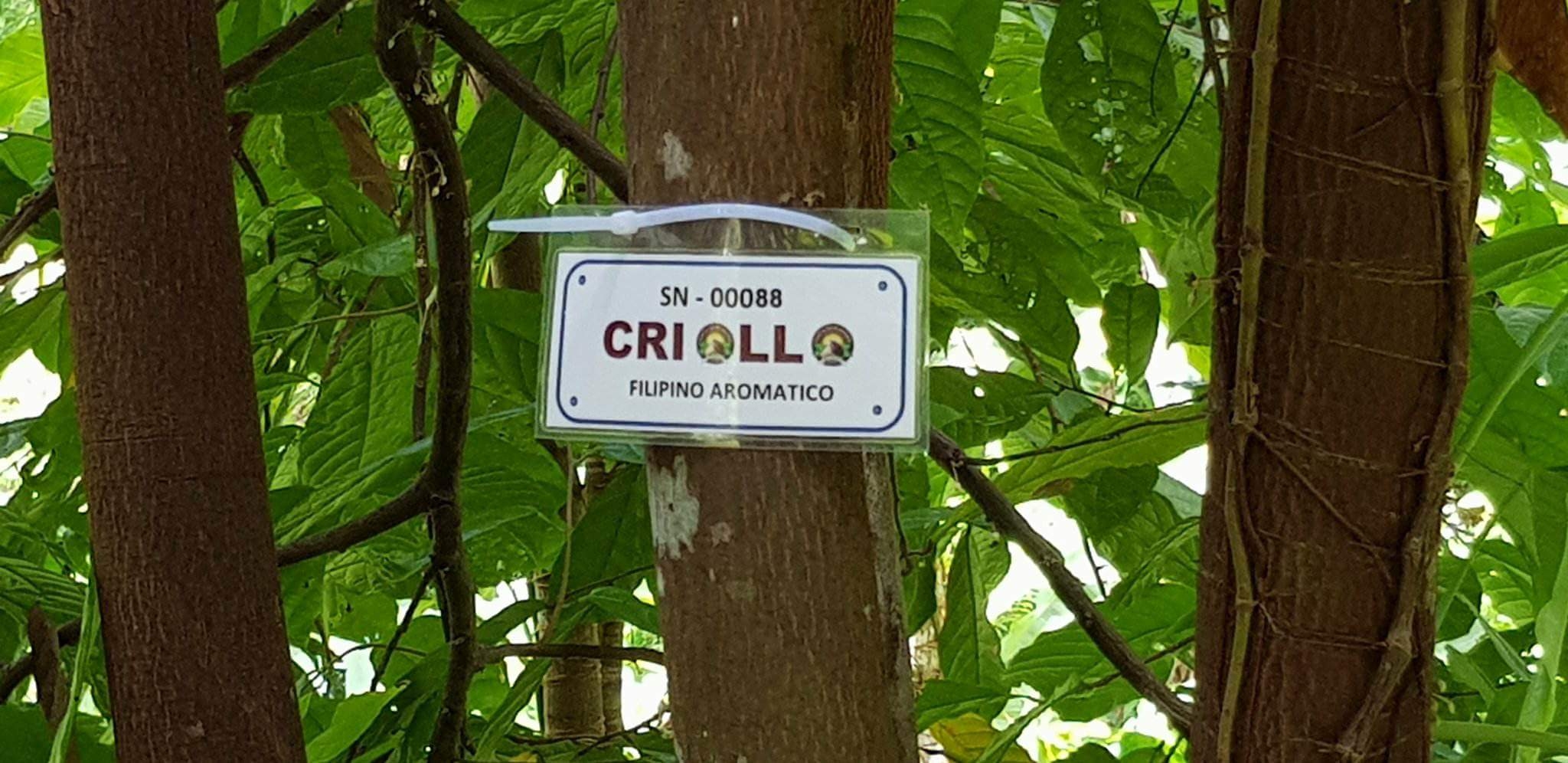
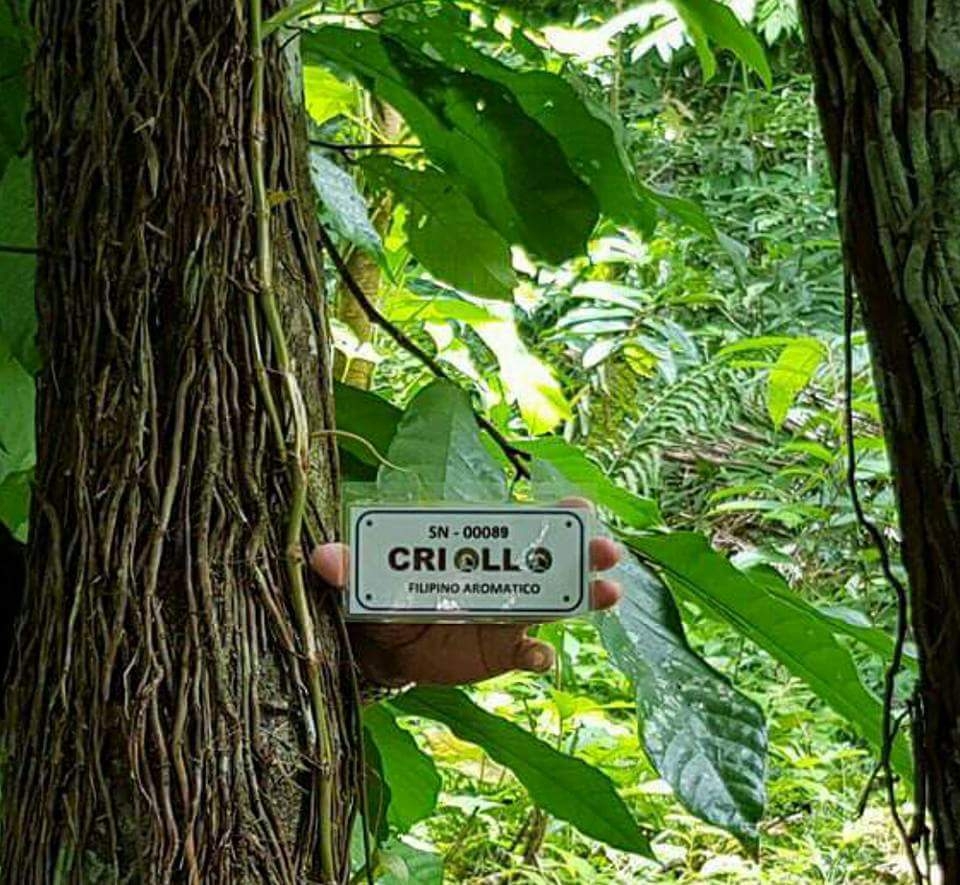 Don was thrilled to the hilt that he took photos as proof that his travel to our country was worth the miles.
Don was thrilled to the hilt that he took photos as proof that his travel to our country was worth the miles.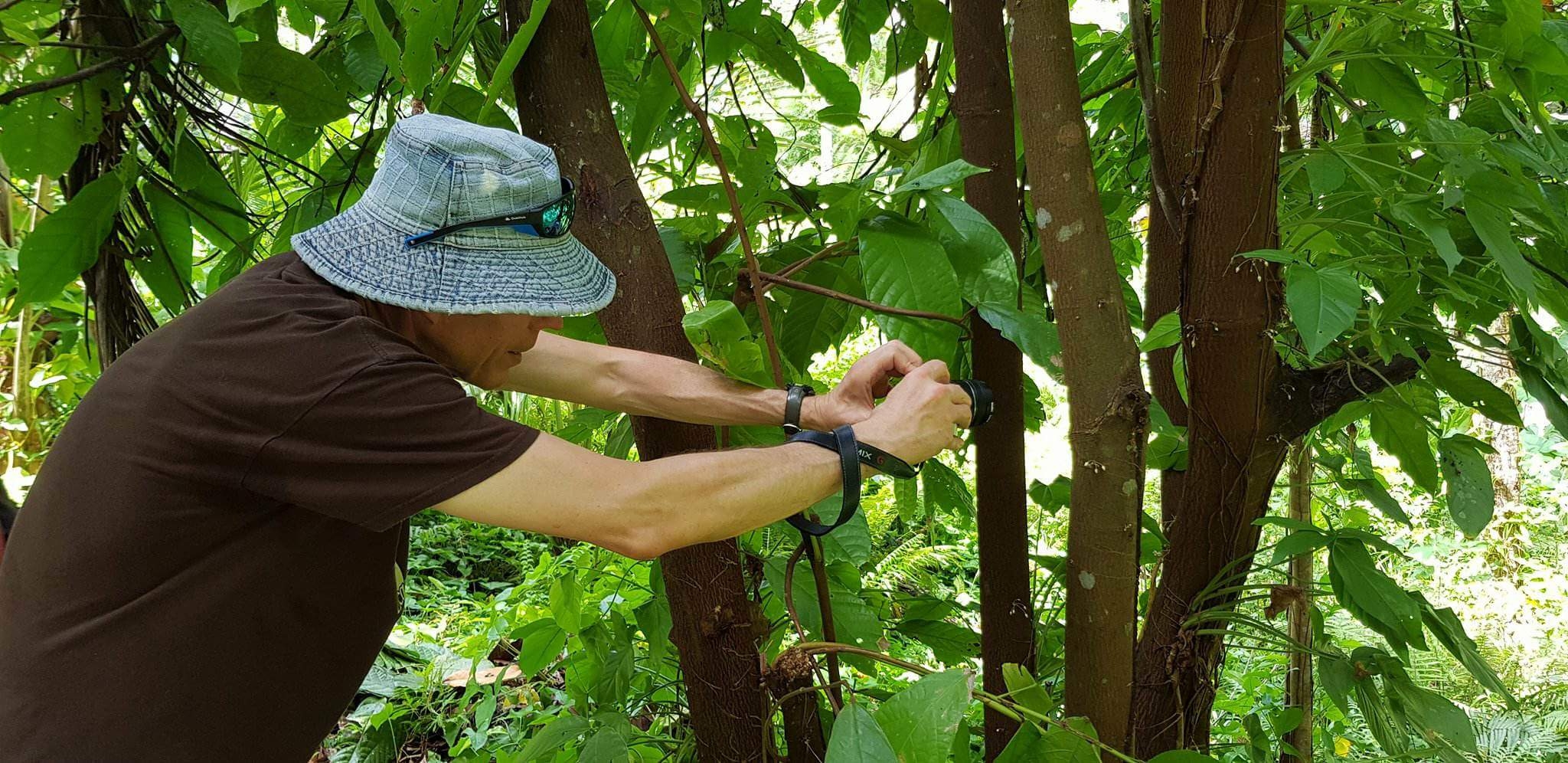
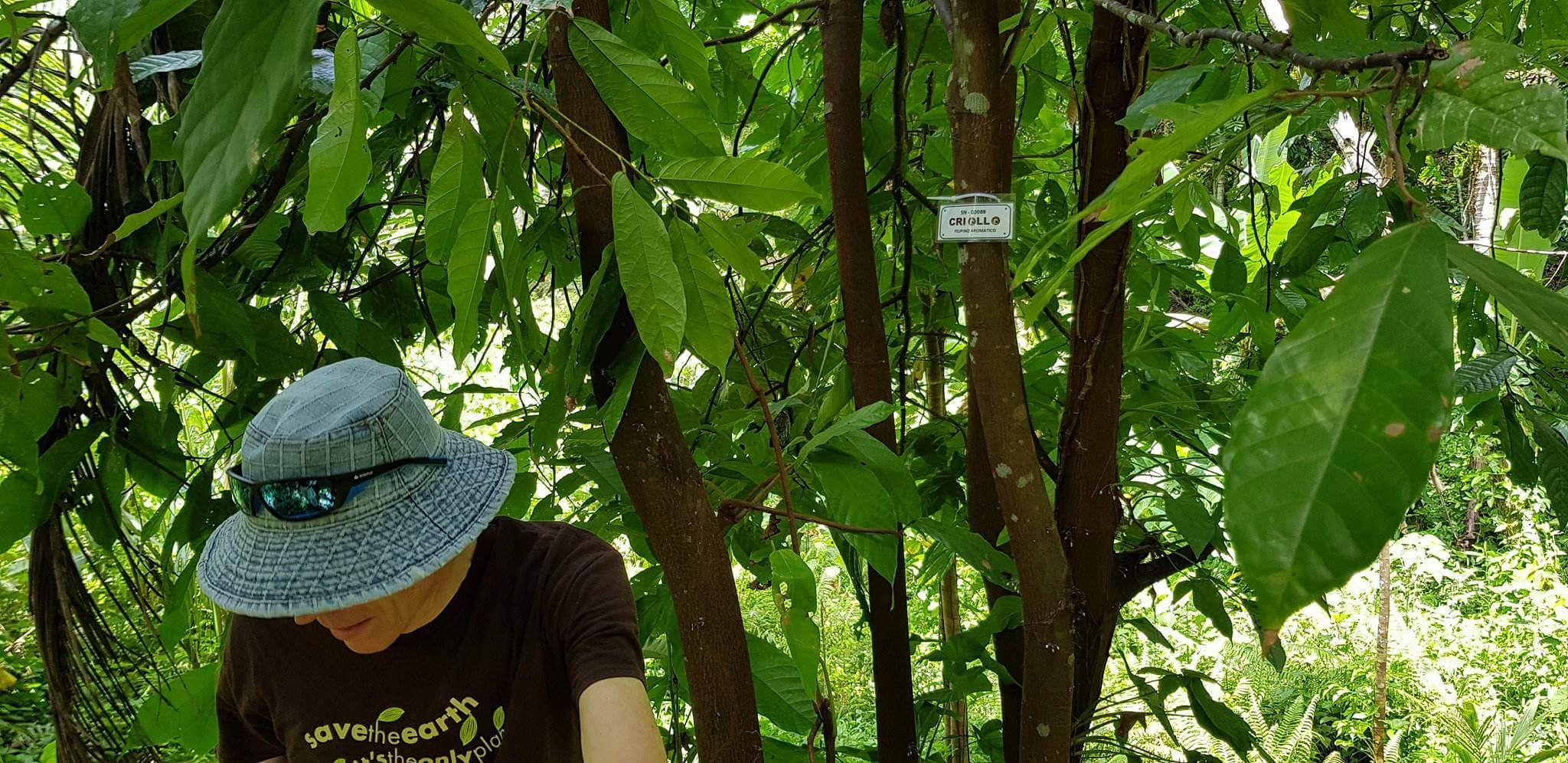
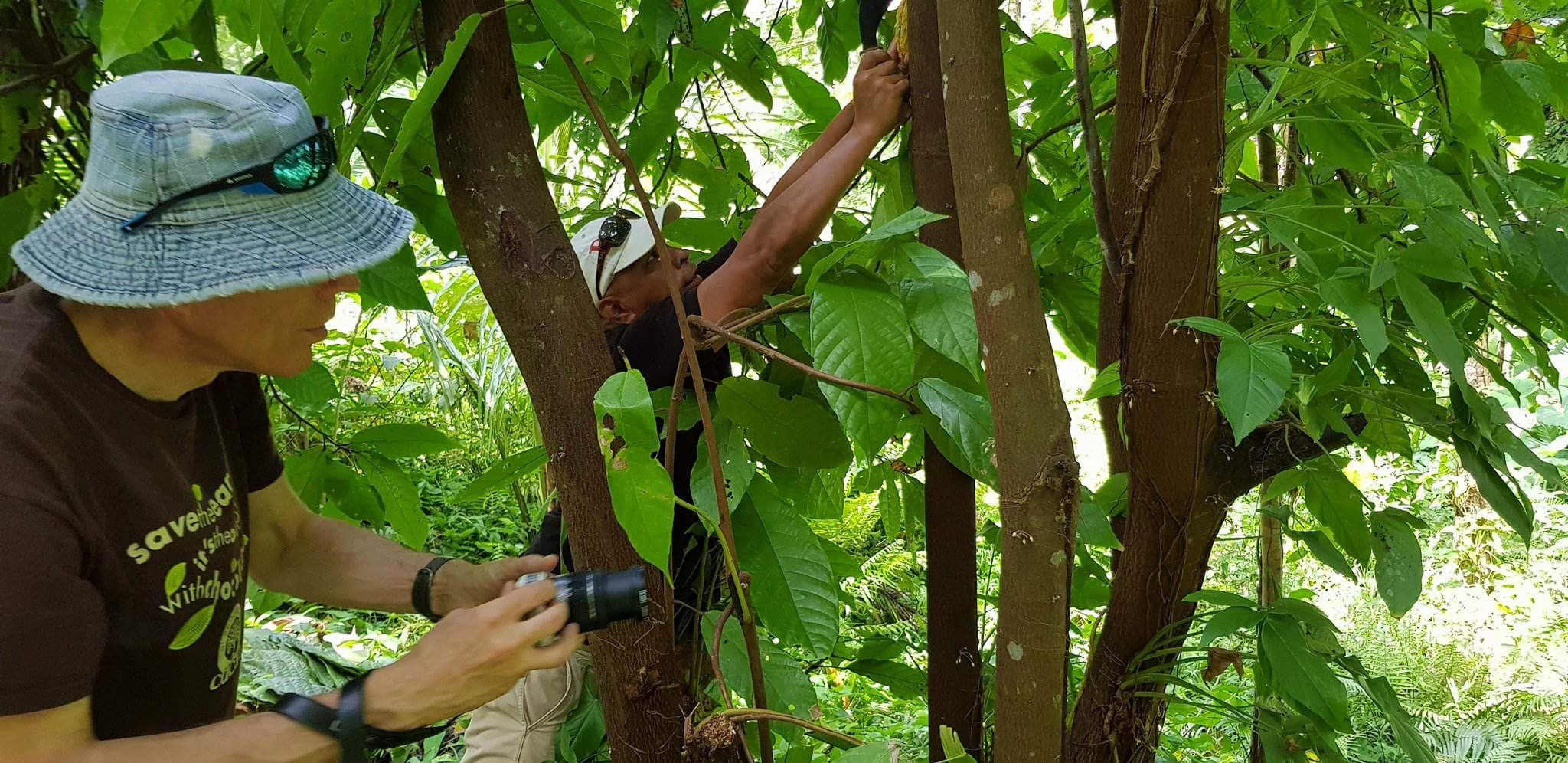
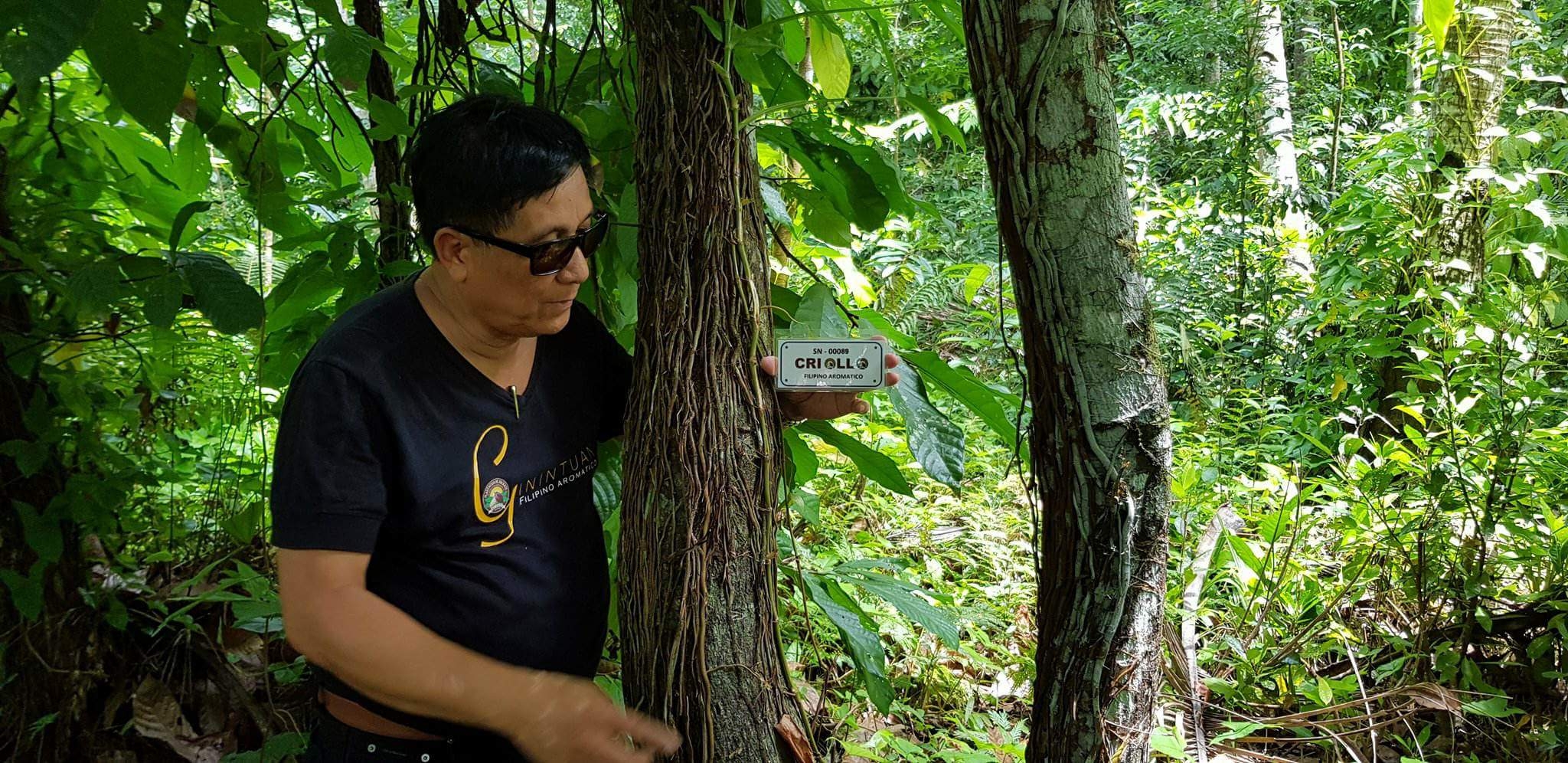
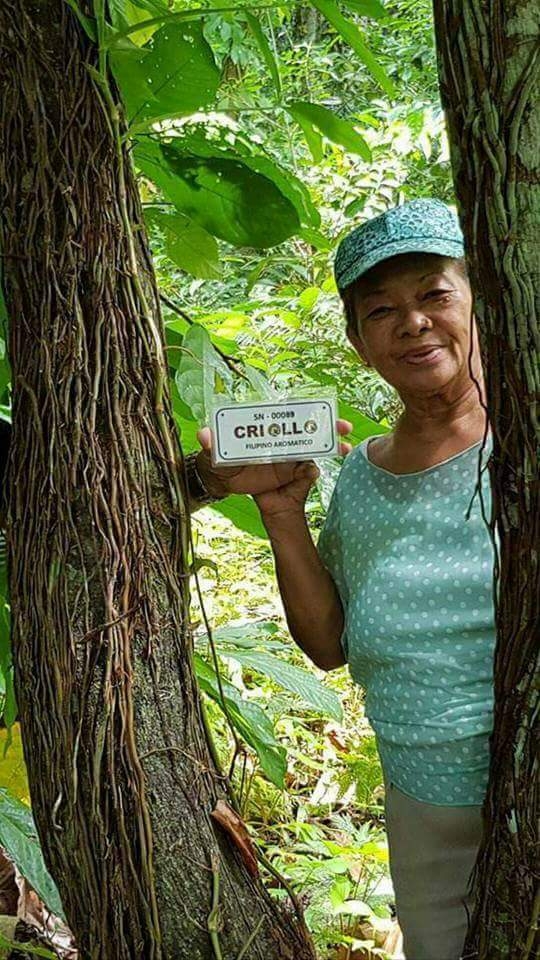
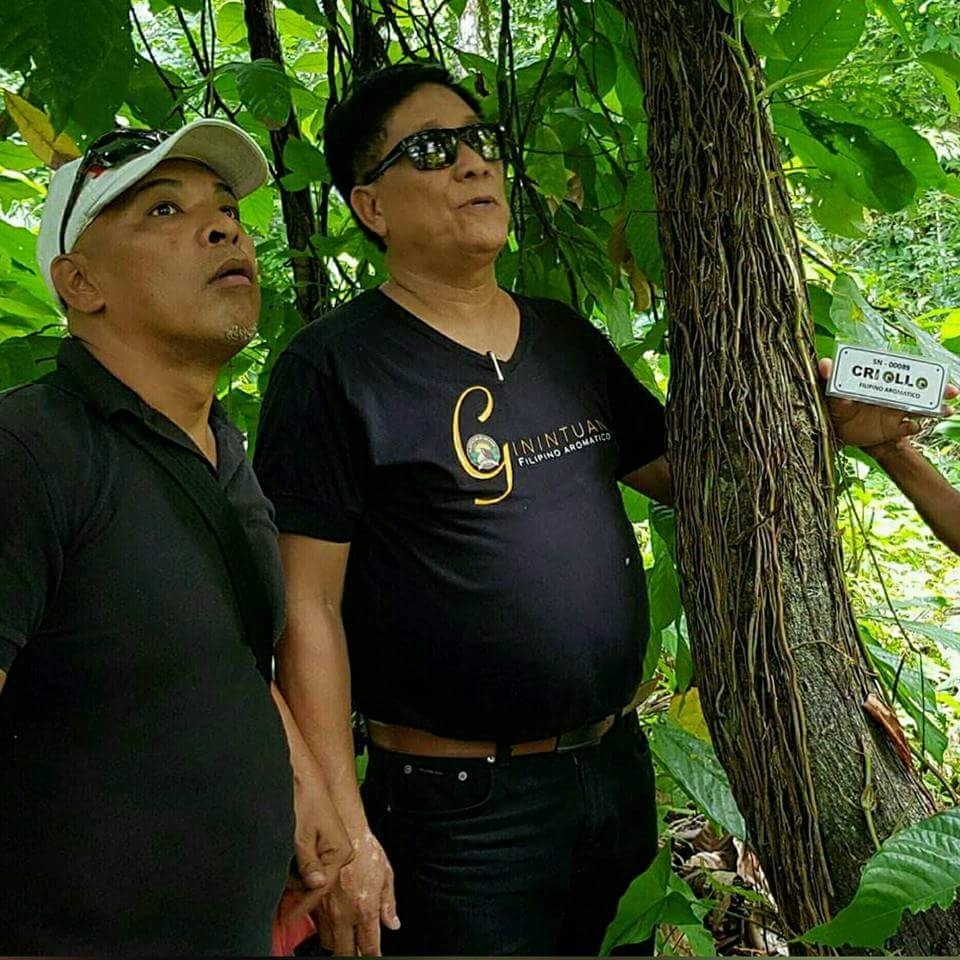 For lunch, we brought our guest to KEW Hotel. Duke Miñoza, PDS Certified Member and owner of Buenaventurada Farms, joined us.
For lunch, we brought our guest to KEW Hotel. Duke Miñoza, PDS Certified Member and owner of Buenaventurada Farms, joined us.
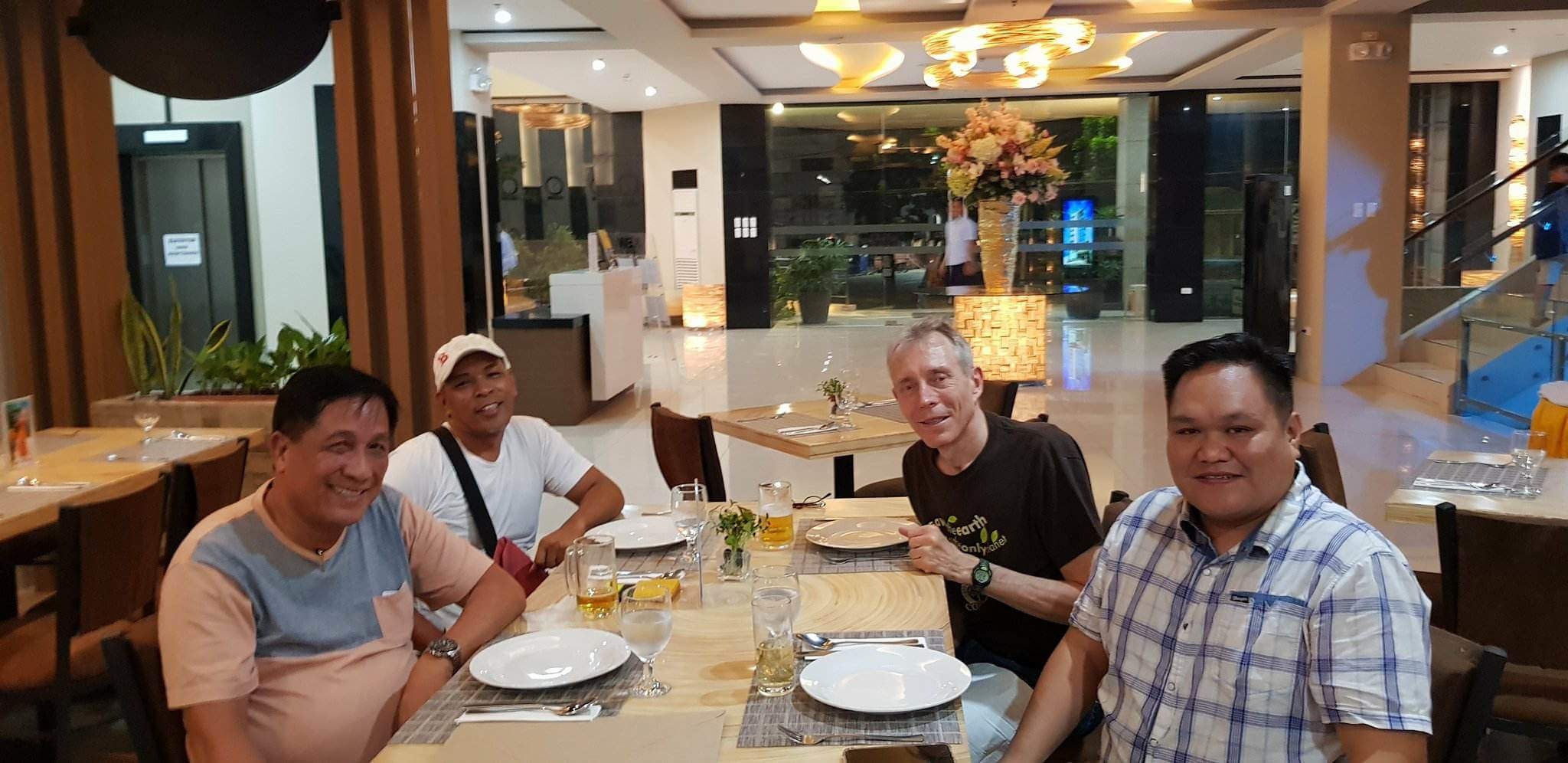 I told our guest to try our shrimps, squid, and the famous Kare Kare; that even the late Anthony Bourdain said our food will soon be known all over the world. Don instantly fell in love with the Kare-Kare, bagoong (shrimp paste) and green mangoes.
I told our guest to try our shrimps, squid, and the famous Kare Kare; that even the late Anthony Bourdain said our food will soon be known all over the world. Don instantly fell in love with the Kare-Kare, bagoong (shrimp paste) and green mangoes.
Second Stop: BACOLOD
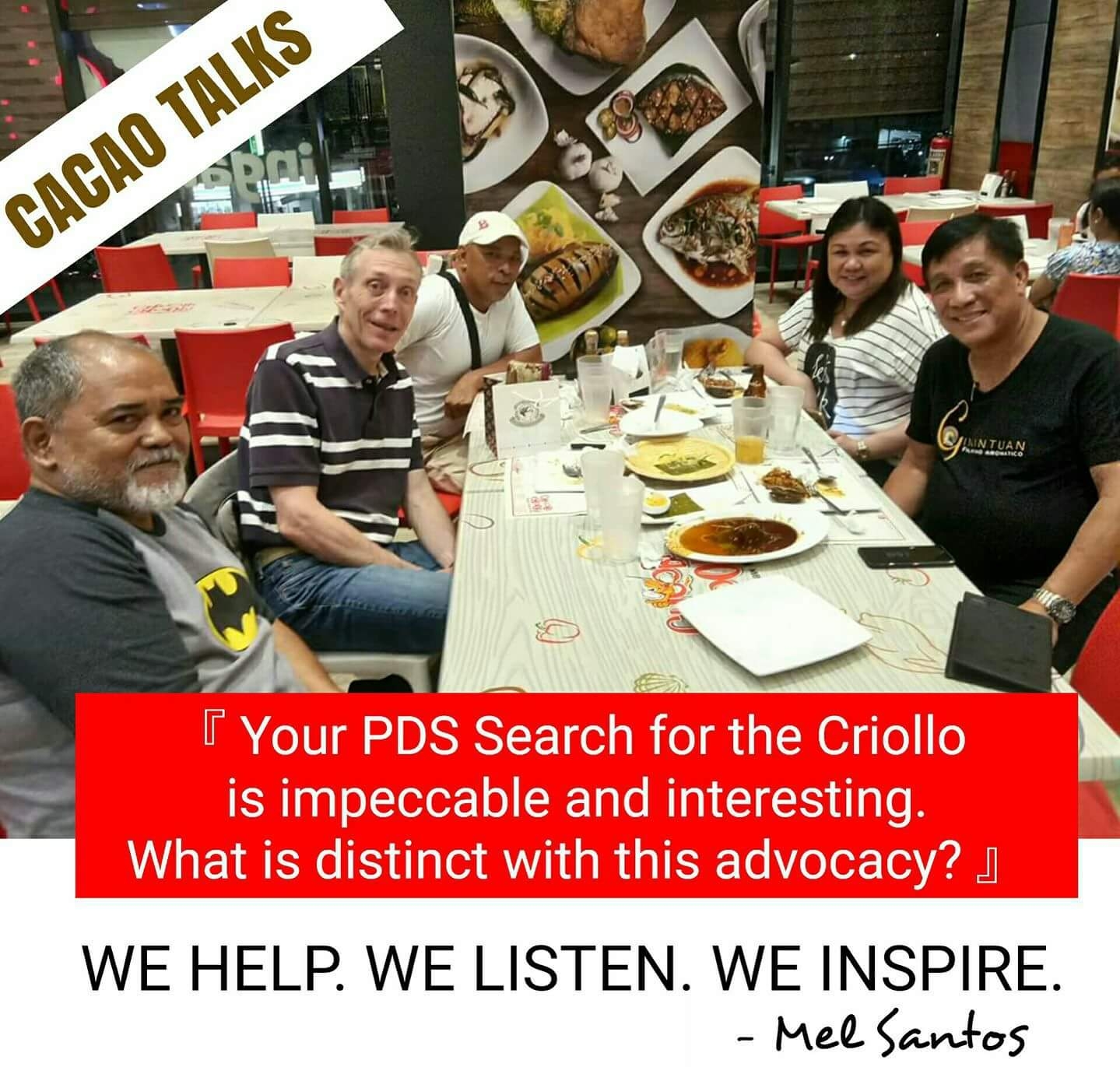 The following day we woke up real early to catch the Fast Cat Ferry for Bacolod. During lunch, we took Don to the outskirts for him to taste the local food. Still, his new found affinity for Kare Kare continued together with shrimps and calamari.
The following day we woke up real early to catch the Fast Cat Ferry for Bacolod. During lunch, we took Don to the outskirts for him to taste the local food. Still, his new found affinity for Kare Kare continued together with shrimps and calamari.
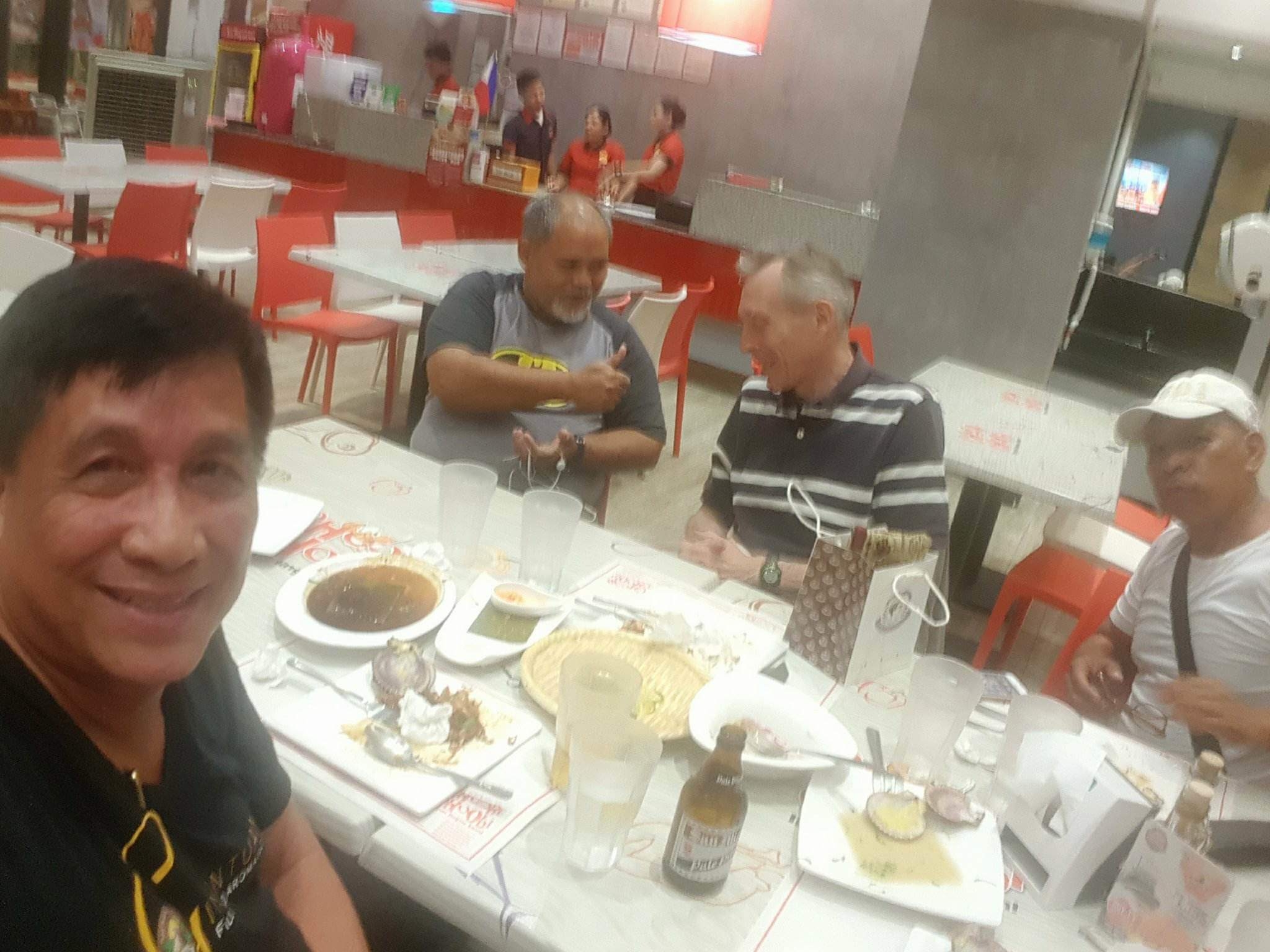
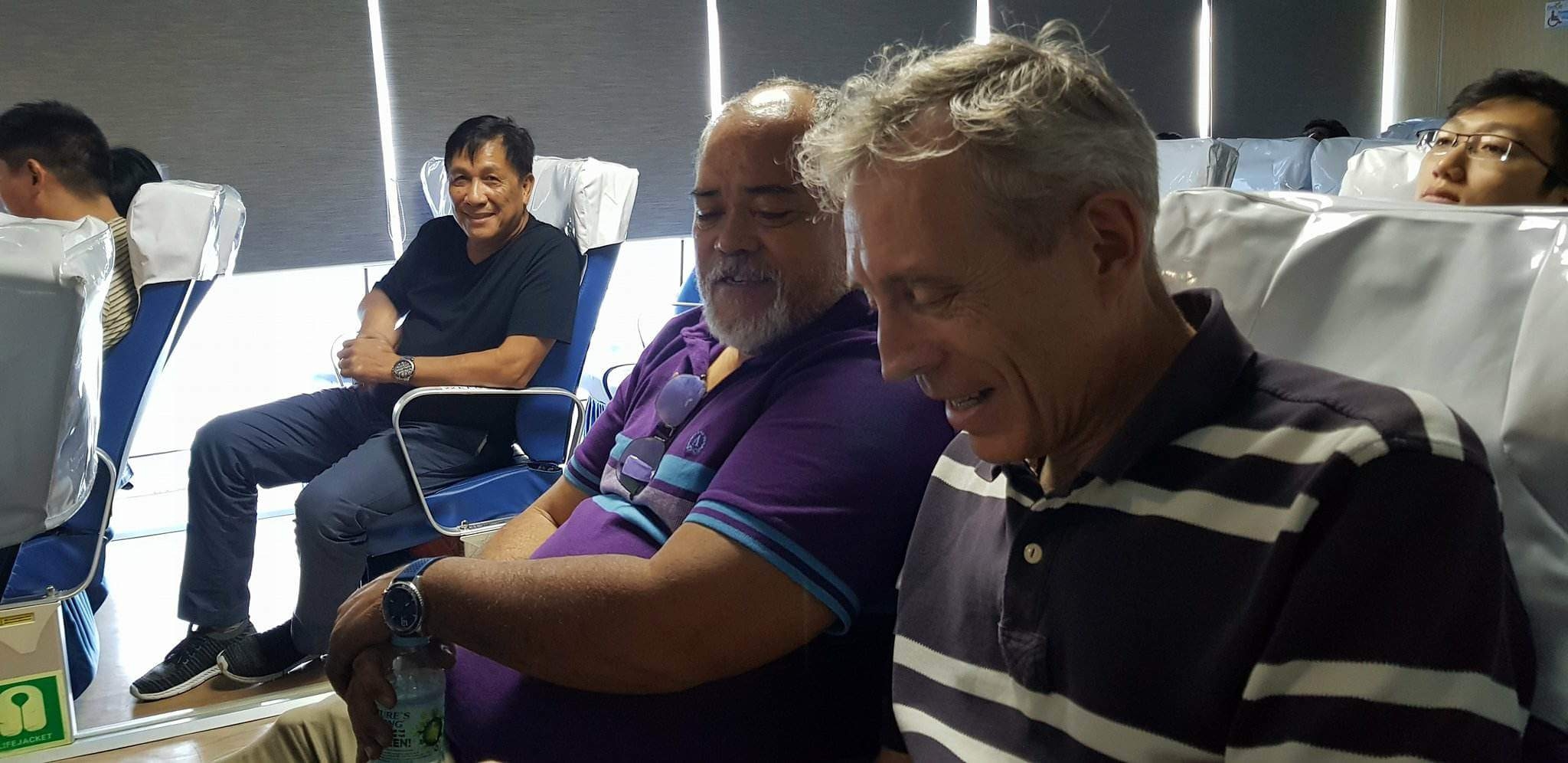
The afternoon’s sun was fierce but that did not hamper Don Alec’s purpose — to see if there is indeed an Heirloom Cacao growing in the Philippines.
The Dominican Republic has rainforests so the cacao will thrive there as well. The only advantage we have over other countries is that the Philippines is right smack in center of the equator making it the favorite residence of the Mexican cacao remnants from the Manila Acapulco Galleon Trade.
After the exhausting day, Don said that he wanted a longer stay in the Philippines. A couple of days was not enough to see our country. And as General McArthur once said, I SHALL RETURN.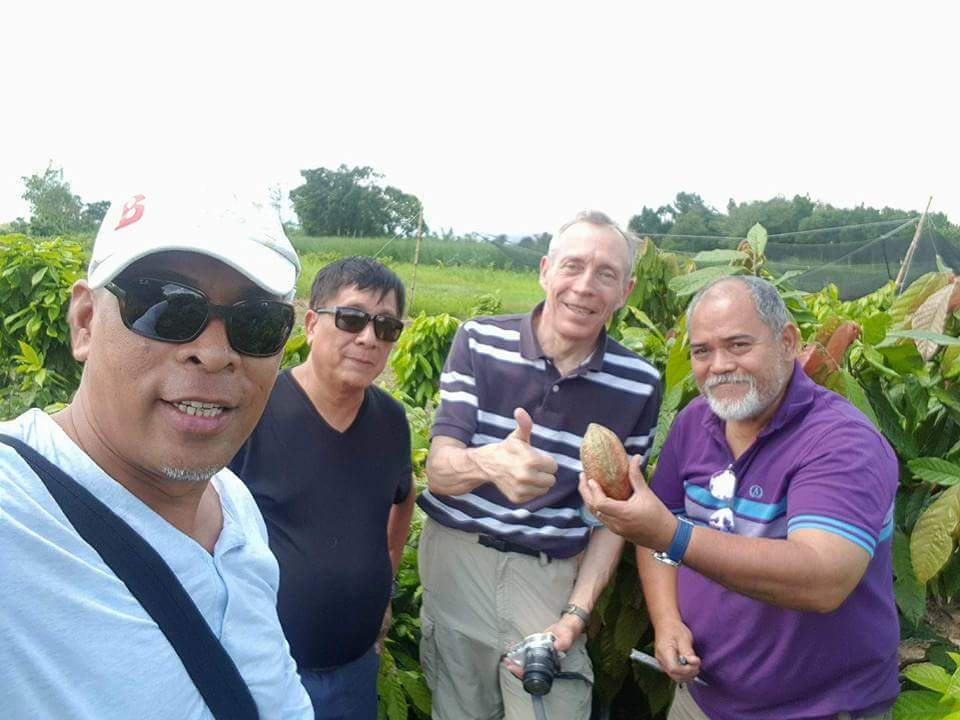 The experience we had with our guest is one for the books indeed. Simple, close to home, yet inclusive. I am happy that Don appreciated the Pinoy Tour and the chance to come close & personal with our Philippine Heirloom Cacaos.
The experience we had with our guest is one for the books indeed. Simple, close to home, yet inclusive. I am happy that Don appreciated the Pinoy Tour and the chance to come close & personal with our Philippine Heirloom Cacaos.
All these happened because we aim TO HELP. TO LISTEN. TO INSPIRE.
